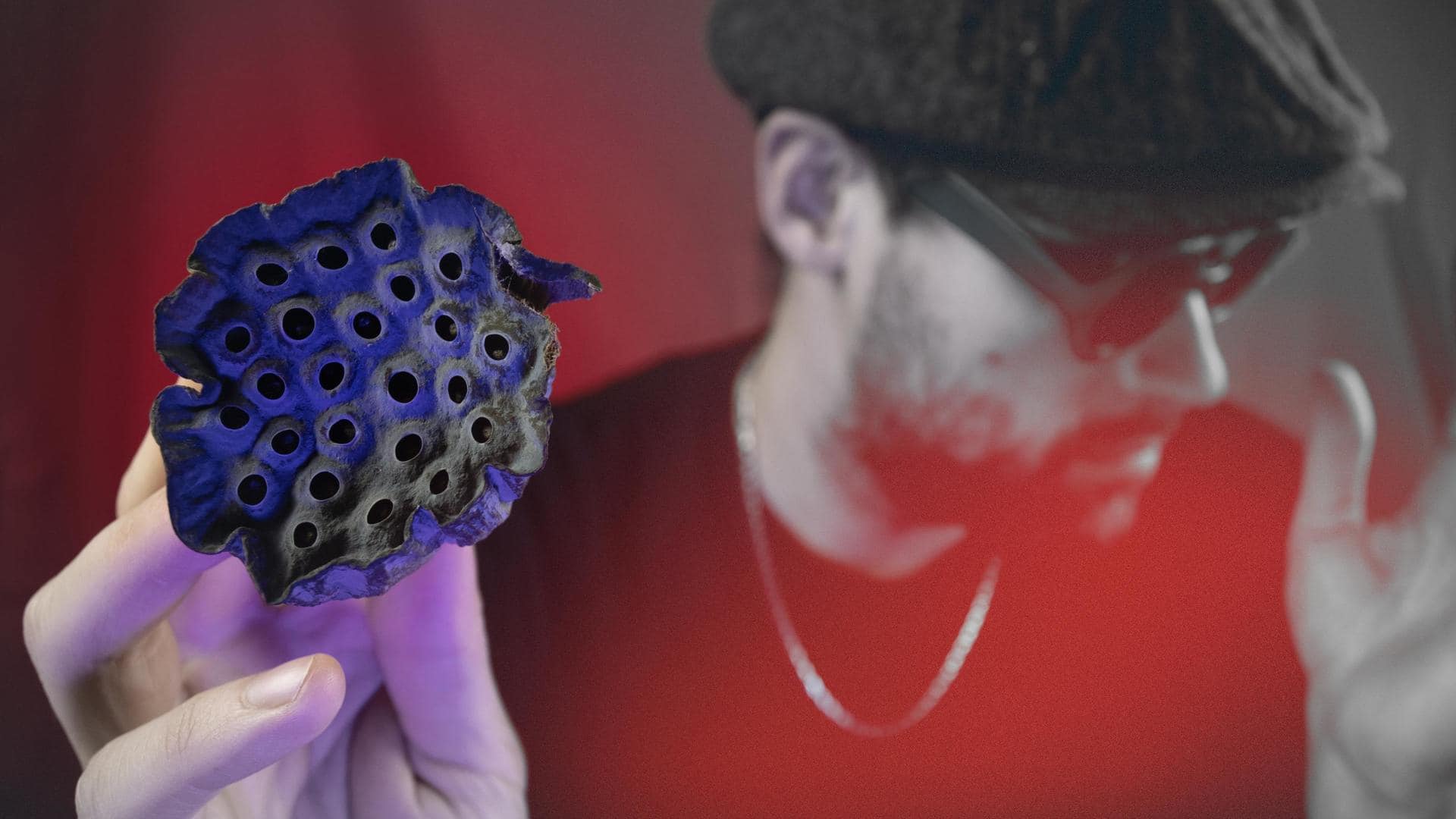
What is Trypophobia? The condition triggered by Doja Cat's outfit
What's the story
Trypophobia is the fear of small holes, bumps, or close geometric shapes that causes feelings of disgust and discomfort in the body. Identified in 2005, trypophobia is often triggered by honeycombs, sunflowers, seedy fruits, sponges, etc. Recently, Doja Cat's all-red ensemble with over 30,000 hand-applied Swarovski crystals at the Paris Fashion Week triggered trypophobia in some people due to its repetitive pattern and design.
Definition
What is trypophobia?
Trypophobia can be defined as an anxiety disorder that causes a repulsion or aversion to objects that have clusters of small holes or repetitive patterns. According to studies, 17% of adults and children in the world have some degree of trypophobia. The disorder is not dangerous but can cause several health conditions like feelings of anxiety, stress, chills, nausea, headaches, or even tachycardia.
Triggers
What can trigger trypophobia?
A person can experience trypophobia if they come closer to an object featuring holes or small clusters. Cheese with holes, fruit with small seeds like papaya, kiwi, strawberries, and raspberries, and insects, and bees can trigger the condition. Seeds in the center of the lotus flower, soap bubbles, honeycombs, shoe soles, and sponges can also cause fear, disgust, and anxiety in people with trypophobia.
Causes
What causes trypophobia?
According to a theory, trypophobia can occur when your brain associates clusters of holes with danger. You can associate a pattern of small holes with a kind of rash or skin disease or the scaly skin of a venomous snake. It can also be caused due to visual discomfort and distress as your brain uses more oxygen and energy to process holey designs.
Symptoms
Symptoms of the disorder
You are more prone to the risk of developing trypophobia if you are suffering from depression, anxiety, and obsessive-compulsive disorder. The most common symptoms of trypophobia are chills, choking or dry mouth, pale skin, intense feelings of terror and disgust, and profuse sweating or hyperhidrosis. It can also lead to nausea, trembling or shaking, and fast breathing and heart rate.
Treatment
Treatment for this phobia
You can go for an online trypophobia test to detect the condition; the test does not collect your personal information since your participation is anonymous. To overcome the fear, you can take cognitive behavioral therapies where your doctor will confront you with the objects of your fear which will gradually help reduce the disgust. You can also go for hypnosis with mental relaxation techniques.